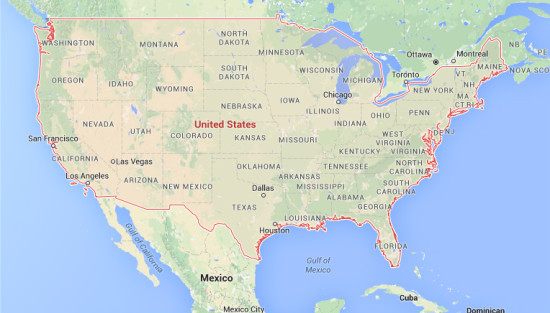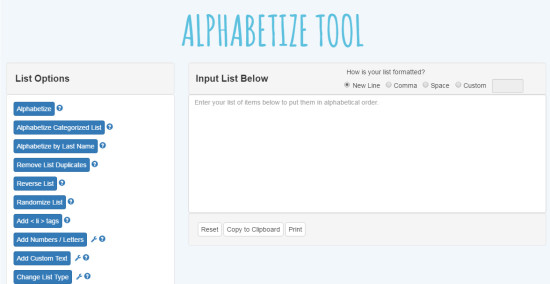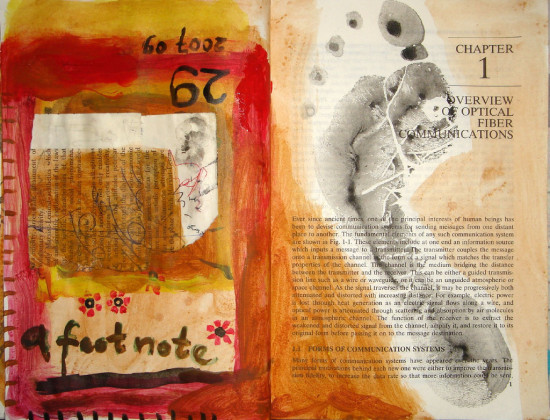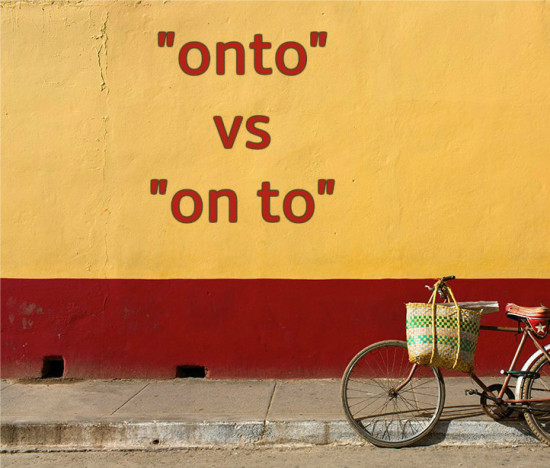What Are No Content and Low Content Books?

When people talk about books, there’s usually the assumption that to have a book you need to have written content. This is why most writers focus on daily word count. They know they have to write a certain number of words each day if they hope to complete their book.
If you aren’t a good writer, you likely assume it’s impossible to make money creating and selling books. This assumption is actually not correct. In fact, there’s a thriving business with both “low content” and “no content” books these days.
What is a no content book?
A no content book usually refers to a book that has no written content in it. That doesn’t mean it only has blank pages (although it can). It simply means there aren’t any words in the book. A couple of examples of no content books would be a blank journal that only has lines for writing or an adult coloring book. If it’s a book that doesn’t have written content in it, then it can be considered a no content book even if it contains other forms of content.
What is a low content book?
A low content book is one that contains some written content, but far less than one would find in a typical book. A journal that had inspirational quotes on each page would be considered a low content book. A day planner with the days of the week and months listed would be another example. A mileage tracking book for the miles you drive your car each day of the week would be another. Even a recipe book could be considered a low content book. While low content books do have some written content, it’s a lot less than would be typically found when one imagines a book.
Can you make money with no and low content book?
Yes, it’s possible to make money with no content and low content books. These types of books are selling like hot-cakes on various sites including Amazon’s Create Space. Currently, coloring books for adults are some of the best-selling books on Amazon, no content or otherwise. Journals always sell well if they can capture the attention of the writers who need them. If you can come up with any niche where these types of books are in demand, they will sell well.
Who buys no and low content books?
While it makes sense individuals would buy these books if they meet their specific needs, it’s not only individuals. Large corporations, chain stores, and small groups may often buy these books as well. Many are used as corporate gifts or novelty items.
If you aren’t a good enough writer or have the patience to produce a novel, no and low content books may be a perfect alternative for you if you have the goal to publish a book. Now that you understand what these types of books are, you might be surprised at how many opportunities there are out there to produce them. Keep your eyes open and you will see how many of these books exist which can be produced with a minimal amount of effort (at least in comparison to writing a novel).
(Image courtesy of Maxime De Ruyck)









